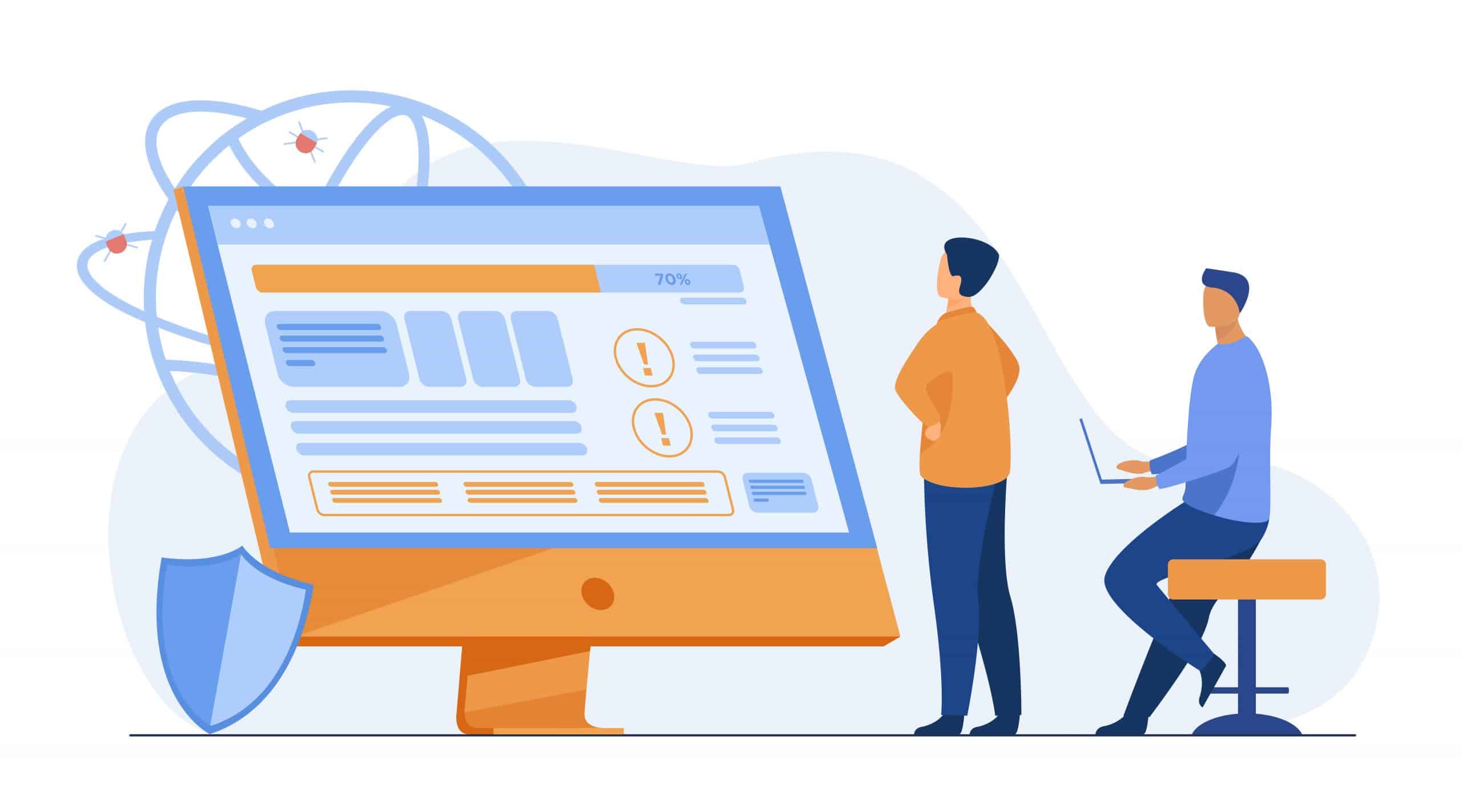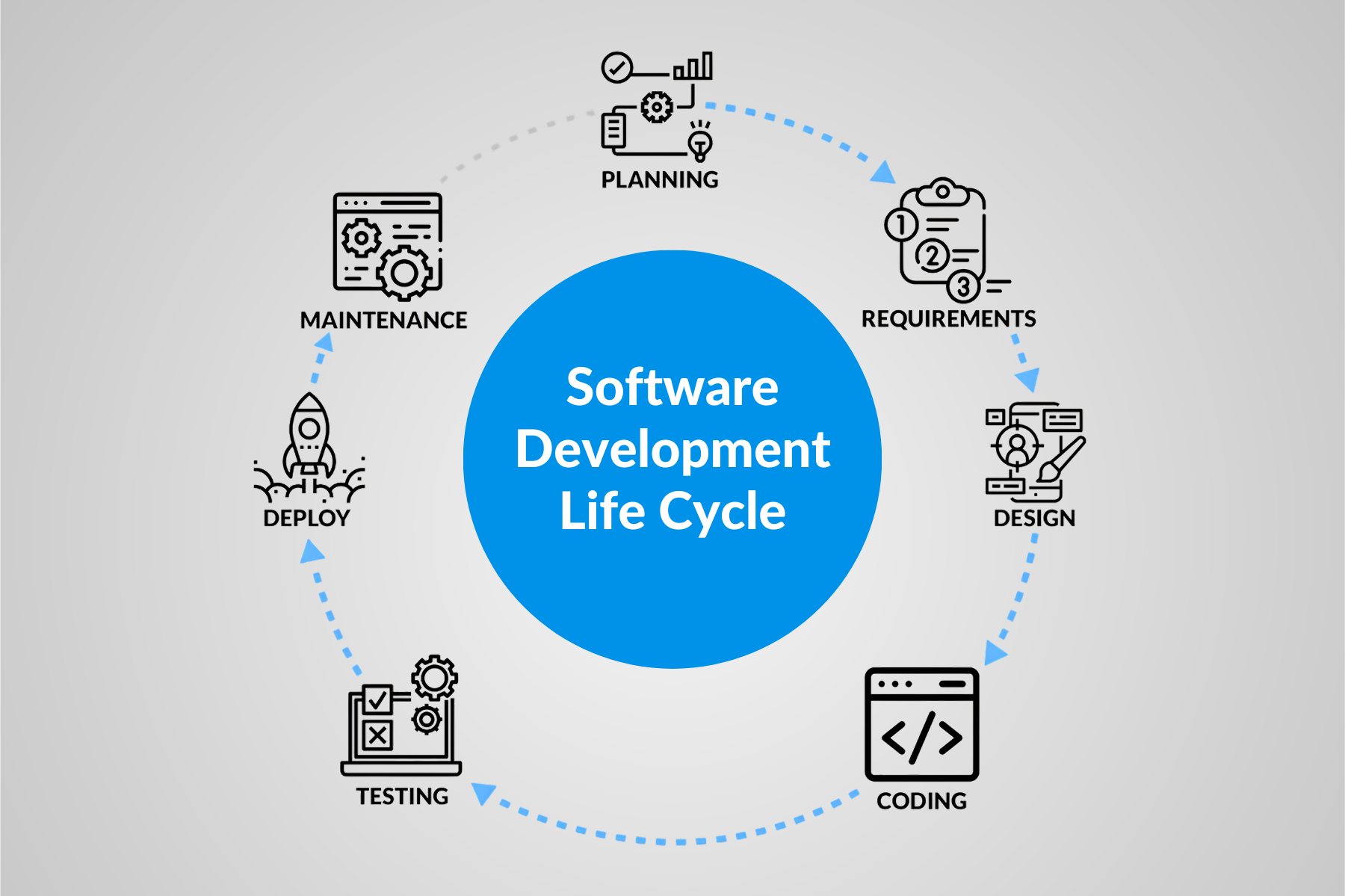Entry and Exit Criteria: Ensuring Quality Gates in the Software Testing Life Cycle

- May 19, 2025
- Malaika Saeed
Ensuring the quality of a program is a priority for every software testing company. For this to be possible, a team has to follow a clear, organized process. Entry and exit criteria are always part of this process.
However, not everyone who enters the world of quality assurance knows this procedure. Understanding it will help guide developers and testers throughout the testing phase.
In this post, you will learn more about entry and exit criteria and why it is necessary for ensuring quality gates in the software testing life cycle.
What Are the Entry and Exit Criteria?
Entry criteria in software testing refer to the conditions that must be met before the start of the testing procedure.
When all the criteria are met, it means that the testing phase can safely begin. It pinpoints that the environment will be suitable for the process. Every team establishes its own conditions and criteria based on the project.
On the other hand, exit criteria refer to specifications that mark the end of the testing phase. These regulations decide when it is time to stop the testing and move to the next step of the software development process. What’s interesting about exit criteria is that they can also help assess the overall quality of an application.
What Are Some of the Entry Criteria that a Test Automation Company Can Use?
Each testing team will have different rules regarding the conditions it uses before testing. However, there are a few common criteria that are part of many companies’ strategies. Some of these rules include:
- Available Code: Before you test it, you must have the code base ready. Make sure it is stable.
- Setting Up the Test Environment: Before the testing stage, all the software, hardware, and testing tools must be prepared and ready for action.
- Approving the Test Plan – Now, you should review the testing plan and approve it if there are no issues. This plan will include the scope, strategy, and goals of the test.
- Completing the Requirements – Every project requirement needs to be documented before approval. These requirements include functional and non-functional conditions.
- Availability of Test Data – Simple datasets, input files, and more test data should be prepared for use.
- Allocating the Right Test Resources – All test resources should be assigned. This includes testing equipment, skilled testers, and more.
What Are Some of the Exit Criteria that Application Testing Services Use?
Similar to the entry criteria, there are various exit conditions that software companies can apply.
Most application testing services rely on:
- Solving the Bugs – Every defect that they discover should be logged, tracked, and then resolved accordingly.
- Tests Should Meet Performance Benchmarks – There are certain predefined benchmarks that all performance tests should meet. These include standards for utilizing resources and responding in a timely manner.
- Documenting – The documentation stage is crucial in the exit criteria. It includes documenting tests, test plans, test reports, and test cases. Every document should be complete and accurate.
- Achieving the Right Test Coverage – Code coverage, requirement coverage, and all the specified targets for test coverage should be met.
- Approval from Stakeholders – All relevant stakeholders should review the test results. Then, they must approve and report them.
- Completing the Test Execution Process – Testers should execute all test cases, including functional, integration, and regression tests.
Why Is Setting Clear Entry and Exit Criteria So Important?
When it comes to entry criteria, teams must ensure that everything is clear and ready to go before the testing process begins.
All prerequisites must be met when the testing stage begins. This will help prevent premature or incomplete testing. Besides, it will guarantee that all the data and resources needed for completion are there for an efficient testing process.
This way, test automation services can avoid shaky environments or unprepared ones. This means that they save time they can spend on actually executing the test.
Thus, test results and bug reports would be reliable and accurate. All of this is possible when teams use entry criteria properly.
As for exit criteria, they can help discover possible defects and risks that must be analyzed before moving to the next stage. This way, the software will meet the necessary quality standards before you release it on the market.
Here are some other reasons why the right entry and exit criteria could have a positive influence on your software testing processes:
- Having Control Over the Project Testing – Being in control of your project’s testing phase is essential. This is because it leads to a clearer approach and lets you manage the testing process. As a result, you have more predictability and control over your whole project.
- Mitigating Risks – There is always the risk of unexpected problems disrupting the testing process. However, when the right entry criteria are ensured, the testing could begin under the right conditions. This reduces the risk of unexpected problems along the way.
- Managing Resources Efficiently – During the testing process, you must focus on the most critical aspects. When using the right entry and exit criteria, you can make sure that you allocate all resources effectively. This helps you stay ahead of any potential errors and issues.
How Do You Implement Entry and Exit Criteria?
As part of a load testing services team, you must learn the steps to properly implement the right entry and exit criteria. The preparation stage takes a bit of time, but it ensures that your requirements are up to standards.
Here are some of the best practices you should use to implement entry and exit criteria:
- Review the Criteria Regularly – Just because you established certain criteria, it doesn’t mean they must stay the same. Throughout the testing stage, review them and assess them continuously. If there are any new project requirements, adjust the criteria accordingly.
- Communicate Clearly – Make sure the communication between team members is open and as transparent as possible. This ensures that everyone involved is aware of the status and progress of the established criteria.
- Involve the Right Team Members in the Planning Process – The planning stage for entry and exit criteria should be a team effort. Involve the right developers, testers, and project managers in defining the appropriate criteria. Let everyone provide valuable feedback. After that, you can establish which criteria to keep and which ones to leave aside.
- Use Automation – If you have the possibility to use automation, implement it in your processes. Automation can be used to monitor and assess certain criteria like test coverage but also defect closure. This makes the procedure more efficient and reliable.
- Make Sure Every Step Is Documented – The entry and exit criteria you use should be documented accordingly each time. Also, all team members should be able to access the documentation. Make sure every change you make is documented as well.
The Bottom Line
Entry and exit criteria are necessary for ensuring the quality of the software testing process. Take your time to establish suitable requirements that can help you streamline the testing stage.
Some tips that can help are to ensure clear communication and involve all relevant stakeholders in defining and agreeing upon the criteria.











